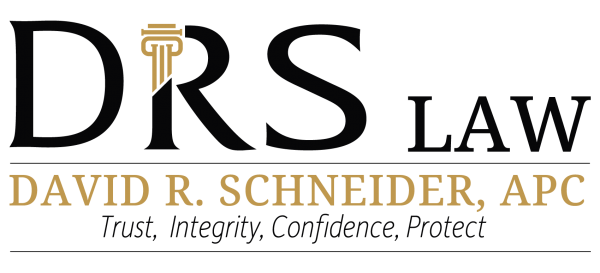In the realm of estate planning, trust creation stands as a powerful tool for securing and distributing assets according to your wishes. However, simply establishing a trust is not enough to guarantee its effectiveness. One crucial yet often overlooked step is properly funding the trust. Funding your trust ensures that it holds the assets you intend it to manage and distribute, ultimately safeguarding your legacy for generations to come. Simply put, your trust cannot control what it does not own. Creating your trust is Step One. Re-titling assets into the name of your trust is Step Two.
Understanding Trust Funding
Before delving into the specifics of funding, it’s important to grasp the concept of a trust. A trust is a legal arrangement that allows a trustee to hold assets on behalf of beneficiaries. Assets placed within a trust can bypass probate, providing privacy, efficiency, offer significant tax benefits and save your family tens of thousands of dollars..
One of the first things to understand is the difference between the words Ownership and the word Beneficiary. They clearly do not mean the same thing. A beneficiary is a person who receives the benefit. Ownership means to have or hold a possessory interest in property.
Funding a trust involves transferring ownership of assets from your individual name to the trust entity. These assets may include real estate, investments, bank accounts, brokerage accounts, life insurance policies, and more. By re-titling assets into the trust, they are owned by the trust and become subject to the trust’s terms and conditions.
The Importance of Funding Your Trust
Funding your trust is critical for several reasons:
- Probate Avoidance: Assets held in a trust avoid probate, the legal process of administering an estate. A probate proceeding occurs when three facts are present; death, the decedent owned the asset in their name, and the asset has a greater gross value (not net equity) of $184,500. By bypassing probate, your heirs can receive their inheritance more quickly and with cost savings usually in the tens of thousands of dollars.
- Privacy: Probate proceedings are a matter of public record, which means that anyone can Trusts are not public, not registered with the court and details about your estate remain private.
- Asset Management: Placing assets within a trust allows for efficient management and distribution according to your wishes. The trust document outlines how assets should be handled during your lifetime and after your passing, ensuring continuity in wealth management. Planning can be included for young beneficiaries and older parents.
- Incapacity Planning: Trusts can also provide for the management of assets in the event of your incapacity. By funding your trust, you ensure that a designated trustee can step in to manage your affairs without the need for court intervention.
Strategies for Funding Your Trust
Now that we understand the importance of trust funding, let’s explore some strategies to effectively transfer assets:
- Real Estate: To transfer real property into a trust, you’ll need to execute a deed transferring ownership from yourself to the trust. This typically involves drafting and recording a new deed with the appropriate county or municipal authority.
- Financial Accounts: For bank accounts, brokerage accounts, and other financial assets, you’ll need to change the ownership designation to the trust. This can usually be done by contacting the financial institution and providing them with the necessary documentation.
- Life Insurance Policies: Similar to financial accounts, you can name the trust as both the owner and the beneficiary of life insurance policies. This ensures that the proceeds are managed and distributed according to the trust’s terms.
- Retirement Accounts: While it’s generally not advisable to transfer retirement accounts directly into a trust due to tax implications, you can designate the trust as a beneficiary. This allows for the controlled distribution of retirement assets when dealing with young or immature beneficiaries.
- Personal Property: Tangible assets such as jewelry, artwork, and collectibles can be transferred to the trust by executing a bill of sale or assignment document.
Regular Review and Maintenance
Once you’ve funded your trust, it’s essential to periodically review and update its contents. Changes in your financial situation, family dynamics, or estate planning laws may necessitate adjustments to the trust’s terms and asset allocations. Regular communication with your estate planning attorney can help ensure that your trust remains aligned with your goals and objectives.
Still Have Questions About Funding Your Trust? Reach Out to an Estate Planning Expert at DRS Law
Funding your trust is a crucial step in the estate planning process. By transferring assets into the trust, you can avoid probate, maintain privacy, and facilitate efficient asset management and distribution. By understanding the importance of funding and implementing appropriate strategies, you can secure your legacy and provide for future generations in accordance with your wishes.
If you wish to learn more about estate planning, particularly how an effective estate plan can save your family thousands, you can contact David Schneider at 805.374.8777 or through our contact form.

